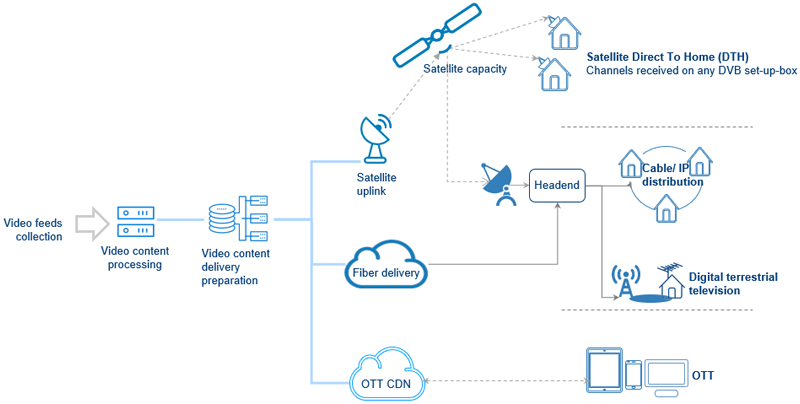Some Known Incorrect Statements About Apollo Group Tv
Some Known Incorrect Statements About Apollo Group Tv
Blog Article
Some Known Details About Apollo Group Tv
Table of ContentsThe Main Principles Of Apollo Group Tv Some Known Details About Apollo Group Tv The Greatest Guide To Apollo Group TvThe smart Trick of Apollo Group Tv That Nobody is Talking About
In this scenario, instead than having three-minute industrial areas during a 30-minute television program, TV shows might change to one where a customer will be needed to have a monthly registration, to ensure that they cen sight targeted banner advertisements. This sort of advertising currently takes place on the web, and the amount of data tv business gather permits them to do a lot the same.Explain the major fads among the broadcasting and wire networks. Popular radio shows such as cops dramatization Dragnet and western cowboy series Gunsmoke were adapted for tv, and new Television programs were sponsored by solitary advertisers, simply as radio shows had been.
Today, the tv sector is even more complicated. Programs are funded by several marketers; programming is controlled by significant media empires; and the 3 major networks no much longer dominate the airwaves yet rather share their viewers with various cord channels. Several factors represent these trends within the sector, consisting of technical developments, federal government laws, and the creation of brand-new networks.

Apollo Group Tv Fundamentals Explained
Even public television has actually come to be subject to the impact of marketing. Established in 1969, (PBS) established out of a record by the Carnegie Compensation on Educational Television, which took a look at the function of educational, noncommercial tv on society. The record advised that the federal government finance public tv in order to provide diversity of shows throughout the network eraa solution created "not to sell products" but to "improve citizenship and civil service (McCauley, 2003)." Public television was also intended to give universal access to television for customers in backwoods or visitors that can not pay for to pay for personal tv solutions.
The period in between 1950 and 1970 is traditionally recognized as the. Besides a small part of airtime controlled by public tv, the 3 major networks (referred to as the Big 3) dominated the television market, collectively making up more than 95 percent of prime-time watching. In 1986, Rupert Murdoch, the head of multinational company Information Corp, introduced the Fox network, testing the prominence of the Big 3.
Targeting young and minority audiences with programs such as Buffy the Vampire Killer, Moesha, Dawson's Creek, and The Wayans Bros., the brand-new networks wished to draw terminals far from their old network affiliations. Rather than repeating the success of Fox, UPN and WB had a hard time to make an influence. Unable to draw in lots of associate stations, the two fledgling networks got to less households than their larger competitors since they were inaccessible in some smaller cities.
This decision led the way for the advancement of cord motion picture channels, adding to the exponential growth of cable in the 1980s and 1990s. apollo group tv app. More deregulation of wire in the 1984 Cord Communications Policy Act got rid of constraints on cable rates, making it possible for drivers to bill what they desired for cable television solutions as long as there worked competitors to the service (a requirement that over 90 percent of all cord markets could meet)
Some Known Questions About Apollo Group Tv.

Having actually developed the initial "superstation," Turner increased his world by starting 24-hour information network CNN in 1980. At the end of the year, 28 national shows solutions were readily available, and the wire revolution had actually begun. Over the next years, the sector went through a period of quick growth and appeal, and by 1994 audiences can pick from 94 standard and 20 premium cable television solutions.
Figure 9 - https://apollogtv01.start.page.16 Boosted competitors from cable television networks has triggered a steady decrease in the networks' audience ratings. Throughout the 1950s, the expense of producing a solitary television program increased as shows came to be much longer and production prices soared. Sponsorship on network tv moved from single sponsorship, in which a program was totally sustained and generated by one advertiser, to numerous sponsorship, in which advertisers bought 1- or 2-minute areas on the program
Select one of the Big Four networks and publish out its weekly shows routine. Enjoy the network's prime-time programs over the course of a week, keeping in mind the target market for each show.
Examine This Report about Apollo Group Tv

Straight Television, typically referred to as typical program TV, incorporates cord and satellite television., think of it as the traditional method of watching Television that has been around for decades.
Report this page